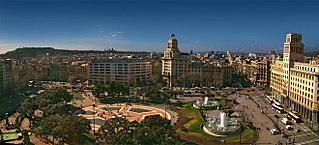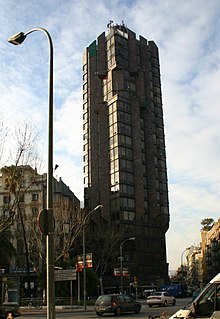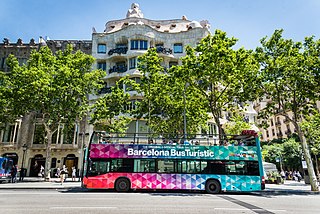| Barcelona Metro Line VI (1974) | ||||||||||||||||||||||||||||||||||||||||||||||||||||||||||||||||||||||||||||||||||||||||||||||||||||||||||||||||||||||||||||||||||||||||||||||||||||||||||||||||||||||||||||||||||||||||||||||||||||||||||||||||||||||||||||||||||||||||||||||||||||||||||||||||||||
|---|---|---|---|---|---|---|---|---|---|---|---|---|---|---|---|---|---|---|---|---|---|---|---|---|---|---|---|---|---|---|---|---|---|---|---|---|---|---|---|---|---|---|---|---|---|---|---|---|---|---|---|---|---|---|---|---|---|---|---|---|---|---|---|---|---|---|---|---|---|---|---|---|---|---|---|---|---|---|---|---|---|---|---|---|---|---|---|---|---|---|---|---|---|---|---|---|---|---|---|---|---|---|---|---|---|---|---|---|---|---|---|---|---|---|---|---|---|---|---|---|---|---|---|---|---|---|---|---|---|---|---|---|---|---|---|---|---|---|---|---|---|---|---|---|---|---|---|---|---|---|---|---|---|---|---|---|---|---|---|---|---|---|---|---|---|---|---|---|---|---|---|---|---|---|---|---|---|---|---|---|---|---|---|---|---|---|---|---|---|---|---|---|---|---|---|---|---|---|---|---|---|---|---|---|---|---|---|---|---|---|---|---|---|---|---|---|---|---|---|---|---|---|---|---|---|---|---|---|---|---|---|---|---|---|---|---|---|---|---|---|---|---|---|---|---|---|---|---|---|---|---|---|---|---|---|---|---|---|---|---|
| ||||||||||||||||||||||||||||||||||||||||||||||||||||||||||||||||||||||||||||||||||||||||||||||||||||||||||||||||||||||||||||||||||||||||||||||||||||||||||||||||||||||||||||||||||||||||||||||||||||||||||||||||||||||||||||||||||||||||||||||||||||||||||||||||||||
The line VI of the Barcelona Metro network was a 1965 ambitious project for a proposed underground railway line in the city of Barcelona. The line would stretch from the Zona Franca towards Plaça de Francesc Macià (then known as Calvo Sotelo), and from there into Travessera de Gràcia, Glòries, the Besòs River area, northern Badalona, and Montigalà in Santa Coloma de Gramenet. This very costly project was progressively abandoned: at first, in 1984, through the revision of the line making it shorter. Later, in 1996, a new plan was devised for the city's public transport infrastructures. In 2001 yet another plan (PDI) was put forward, discarding the line, and proposing other transport projects instead. [1]

The Barcelona Metro is an extensive network of rapid transit electrified railway lines that run mostly underground in central Barcelona and into the city's suburbs. It is part of the larger public transport system of Barcelona, the capital of Catalonia, with unified fares under the Autoritat del Transport Metropolità (ATM) scheme. As of 2014, the network is operated by two separate companies: Transports Metropolitans de Barcelona (TMB) and Ferrocarrils de la Generalitat de Catalunya (FGC). It is made up of 12 lines, combining the lines owned by the two companies. Two lines, L9 and L10 are being built at present, with both lines having different sections of each opened between 2009 and 2016. They are due to be fully completed on 2026. Three lines on the network have opened as automatic train operation/driverless vehicle systems since 2009: Line 11, Line 9 and Line 10, in chronological order.
Zona Franca is a logistics and industrial area located in the Sants-Montjuïc district of Barcelona, Catalonia (Spain). It is near the C-31 road and la Marina de Sants (Barcelona), el Prat de Llobregat and l'Hospitalet de Llobregat. It is situated in a very strategic position between Barcelona Free Port and Barcelona Airport.

Plaça de Francesc Macià is a square in Barcelona, Catalonia, Spain. Located in one of the main business areas of the city, it is one of the most transited points of Barcelona. It is crossed by Avinguda Diagonal and several other major thoroughfares: Avinguda de Josep Tarradellas, Travessera de Gràcia, Carrer del Comte d'Urgell and Avinguda de Pau Casals. It is part of the Sarrià-Sant Gervasi district, even though it borders two other districts of Barcelona: Les Corts and Eixample.
Contents
The different projects devised during the 1960s, under the Francoist regime, were very ambitious. Plaça de Francesc Macià was in contemporaneous plans an important transport hub with other (later discontinued) projected metro lines. As of 2009, both the 22@ and Francesc Macià areas have no metro service, but the projected extension of line L8 and the construction of L9 and L10 follow it very closely. [2]
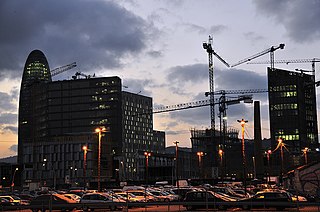
22@, also known as 22@Barcelona and Districte de la innovació is the corporative name given to an urban renewal area in Barcelona's formerly industrial area of Poblenou, in the district of Sant Martí, nicknamed "the Catalan Manchester" in the 19th century. Its aim is to convert Poblenou into the city's technological and innovation district, as well as to increase leisure and residential spaces. Centered on Plaça de les Glòries Catalanes, it is part of one of Europe's biggest urban regeneration schemes, begun during the 2000s and still ongoing, spanning 115 blocks or 198,26 ha. The plan was approved in 2000 by the city council when the new 22@ land designation was introduced, replacing the 22a designation, used in industrial soil contexts.
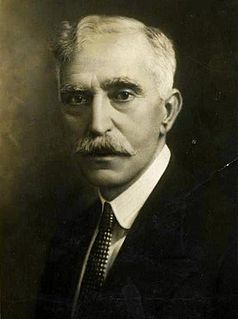
Francesc Macià i Llussà was the 122nd President of Catalonia and formerly an officer in the Spanish Army.


